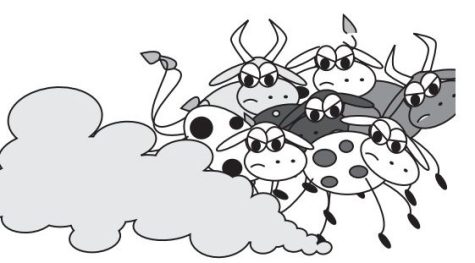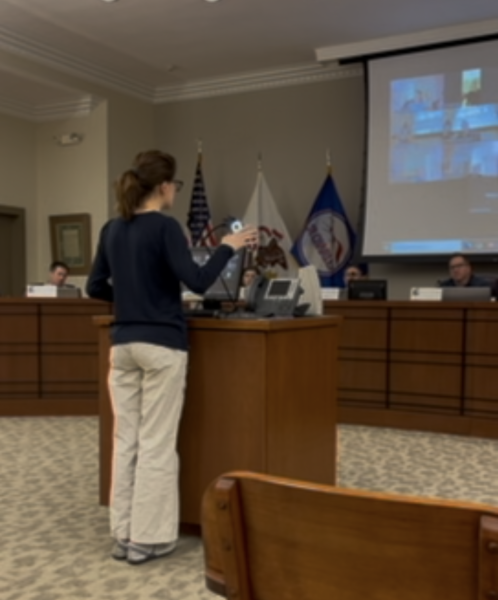Are we letting cell phones affect our mental health?
Part of the greatest inventions in the 21st century: cell phones Cell phones: according to “bankmycell.com” over 83% of the world’s population owns one right now. It has become normal to use cell phones on a daily basis and we take them everywhere we go. Because of that, cell phones are probably one of the most significant inventions in the 21st century. As reported by the “Pew Research Center”, 69% of all adults and 81% teens in the United States spend their time on their phone on social media platforms.
The first famous social media platform was Facebook, released in 2004. It was the first app that had the sharing live feed feature, which is now known across other platforms like Instagram and Tik Tok. After Facebook, people were using Twitter to communicate with one another as well, just as Whatsapp, which was launched in 2009.
It’s widespread that social media increases the number of mental disorders and according to “onlinetherapy.com”, 6 in 10 Americans say that social media negatively affects their mental health. Reason for that could be that everyone can present themself the way they want on the internet. For some, this might include portraying themselves as the “perfect” outline of a person who looks very attractive, rich and confident. But in a lot of cases, influencers are editing their photos, creating an image of their life that is different from reality.
For example, take Swedish influencer Johanna Olsen, who photoshopped herself into Paris, according to “fashion journal”. She posted photos from her trip in the city of love, even though she didn’t even travel there. Noticeable photoshop mistakes, such as her feet flying over the ground, angered followers, and Olsen received a lot of backlash regarding faking her trip to the capital of France.
Influencers tend to post only the happy moments of their life, which can make their followers feel bad about their own lives.
I interviewed two students at Saint Charles East about their social media use and how specific apps affect their emotional state. Brienne Melcher uses “Instagram, Snapchat and Pinterest probably the most.” She started using these three years ago and recognized that the apps made her more insecure because “Social media likes to point out your flaws and show you people who are perfect when you’re not.” In her opinion, social media was more of a negative than a positive invention because “everyone was so much happier 30 years ago than right now and [wasn’t] that depressed, insecure and anxiety-filled.” Her idea to deal with the mental health effects in the future is waiting to let kids on to social media or introduce them to safer apps. In Melcher’s opinion, Snapchat is a good example of an app that doesn’t make you feel bad.
The second student, Camille Montagerand (an exchange student from France) uses Snapchat, Tik Tok, Instagram and Pinterest. She started using these apps 4-5 years ago, and she said that it’s very toxic “because we see a lot of celebrities and it’s not very healthy”. Talking to her friends is relaxing for her, but she also said, “I use Snapchat and Instagram more to talk to my friends and Tik Tok when I want to laugh,’’ which shows different purposes of different apps. It’s bad for her mind, addicting and toxic, but she thinks that social media was a positive invention as well because of the communication aspect. Her suggestion is to only use conversational platforms in order to prevent comparing with others, which is a similar suggestion to the one of Brienne.
Cell phones are also used a lot in schools as a research source, but also in private while the teacher is teaching, without purpose for the lesson, which is why I interviewed 3 teachers about phone use in their classes.
The first teacher is Neil Currie who teaches Modern American history, advanced placement US history, and world history and geography. He said that “we always start class by putting our phones away” and after that he recognizes phone use of “about 10%”,“and if I say to put it away they put it away,” he added.
Angela Franco teaches Modern American history and a note taking study skills class. In her classes, they make the students put their phones away right at the beginning. Her students might only need a few reminders during class and sometimes they are used as a resource. She definitely recognized a change of phone using after covid, in her opinion “we’re a little bit more loosey-goosey. We use our phones a lot more than we did 2 years ago”. Using phones has a negative tone to it in her mind. However, some students listen to music while they are working, so she thinks that there’s a positive as well.
Adam Boyer is the third teacher. He runs the school store and teaches business classes. He recognized that at least 75% of his students take out their phone at least one time in class. “It definitely hasn’t always been this way” and he would say probably just before covid was when students started to use phones on a daily basis. Furthermore, he thinks that using phones during class is “totally negative unless the teacher wants to use them. The students are disengaging in class, listening to music and not paying attention to anything that they are supposed to be listening to”. Due to him, as an elective teacher it is especially hard to control this behavior “students come to my class and they want to be there so I would think that students are typically not on their phone as often but it’s still an issue even if it’s a class that they choose to be in,” he says. All of the teachers agree that the school should establish a phone use rule that applies for everyone in order to find a solution for the distraction.
Cell phones are a significant part of our lives, but they have consequences. That could be, for example, a higher risk of mental health disorders or getting bad grades because of distraction. The mix of looking on a screen the whole time, using social media every day and missing real life because of social media is dangerous. It’s important to appreciate our technology and deal with the negative side-effects, through using social media only as a communication tool, limiting screen time or creating a cell phone use rule for the whole school.




